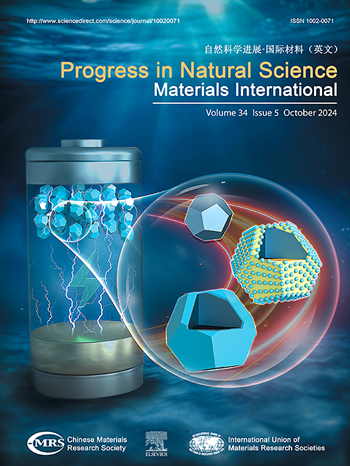A universal and ultrafast method for fabricating a library of nanocellulose-supported metal nanoparticles
Abstract
Using nanocatalysts to catalyze water electrolysis for hydrogen production is an ideal solution to address the energy crisis. The most well-adopted fabrication methods for nanocatalysts are tube furnace annealing, Hydrothermal method, etc., hardly satisfying the trade-off among coarsening, dispersity, and particle size due to mutual restrictions. Herein, a universal, ultrafast and facile cellulose nanometer whiskers-high temperature shock (CNW-HTS) method was reported for fabricating a library of ultrafine metal nanoparticles with uniform dispersion and narrow size distribution. The metal-anchor functional groups in CNW (i.e., –OH and –COOH) and the characteristics of the HTS method for ultrafast heating and powerful quenching synergistically contribute to the successful synthesis of metal nanoparticles. As an initial demonstration, the as-prepared Pt nanocatalyst (η10 mA cm−2 = 51.8 mV) shows more excellent catalytic hydrogen evolution reaction (HER) performance than the Pt catalyst prepared in the tubular furnace (η10 mA cm−2 = 169.4 mV). This rapid and universal CNW-HTS method can pave the way for nanomanufacturing to produce high-quality metal nanoparticles, thereby expanding applications of energy conversion and electrocatalysis.

 求助内容:
求助内容: 应助结果提醒方式:
应助结果提醒方式:


